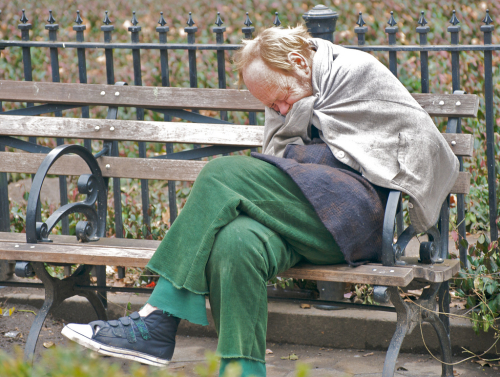James writes:
Jacob's Pillow, the legendary summer dance festival in Becket, Massachusetts founded in 1933, has had a stirring start to 2014, with dance that stands on its own two feet. On the second stage of the Doris Duke Theatre, Dorrance Dance tapped out a sold-out two-week run. Meanwhile on the main stage at the Ted Shawn Theatre, New York City Ballet principal dancer Daniel Ulbricht directed several teammates from his NYCB squad in the enigmatically titled "Ballet 2014."
The purpose of Ballet 2014 was to present ballet of the present, with choreography from the past ten years. Introducing the evening, the Pillow's executive director Ella Baff promised "a range of works of many different choreographers, many of whom are most talked about in the ballet world."
NYCB has made big strides bringing the classical Balanchine aesthetic up to date, elevating contemporary dance with performers who are down to earth. A polished series of online video shorts, sponsored by AOL, recently put the dancers in the framework of reality TV and gave them a family-focused, all-American spin. Far from the ethereal, detached, and sometimes crazed reputation of ballet overseas, NYCB has all the knee-slapping, group-huddle wholesomeness of "Hey Let's Put on a Show."
Which is what Ulbricht did at the Pillow, and it was a hit. The first half presented five ballets that explored the romance (and longing) of pas de deux. Here was NYCB at its best, with dancers who were engaged with one another (if not actually married), the hometown kings and queens center stage at the summer-camp social. For me the first piece, "Furiant" (2012), danced by Teresa Reichlen and Robert Fairchild with choroeography by Justin Peck, was the least engaging. The flowing woodsy outfits were right for the setting, but Reichlen lacked the charged spirit, the twitters of expression, to connect fully with Fairchild. On this, I should say, I was in disagreement with my date, my four-year-old balletomane daughter, who most preferred the bright quality of this piece set to Dvořák's "Piano Quintet No. 2."
Up next (in reverse order from the program) was "Pas de Deux from Two Hearts" (2012), danced by Tiler Peck and Tyler Angle with choreography by Benjamin Millepied and original score by Nico Muhly. Now here was a marquee lineup of contemporary dance if there ever was one. Muhly's music had the saccharine emotion of a high-school mixtape, but in the sticky woods it seemed right. Millepied's dance is aqueous, slow-moving, a nighttime dip that ends with two steadies embracing on the lake shore. Peck and Angle wore swimsuits, and with her fluid, mellifluous movement, Peck was a dripping dream diving into Angle's arms.
"Liturgy" (2003), danced by Rebecca Krohn and Craig Hall with choreography by Christopher Wheeldon, was the most self-consciously modern dance of the evening. Krohn was a specter floating through Hall's oaken branches, the treble and bass strings in fugue. The following world premiere of "Opus 19. Andante," danced by Emily Kikta and Russell Janzen with choreography by Emery LeCrone, was pleasant but ultimately the most forgettable dance of the night, although it had a goose-bump ending.
And finally came the "Sunshine" (2013), danced by the leader Daniel Ulbricht with chorgeography by Larry Keigwin. The work was set to the familiar tune of "Ain't No Sunshine" by Bill Withers. It was regrettable that the music wasn't live, as shown on the pillow's online preview of the evening. And it should be said that recorded dance performances in general have a terrible problem with over-amplification, and my ears were not spared during the night's run. Nevertheless, Ulbricht danced a remarkable pas de deux as a solo. Absent a partner, he radiated his athletic energy and puffed up chest to the audience in a way that called to mind the original hardest working man in show business, James Brown.
Daniel Ulbricht, Tyler Angle, and Robert Fairchild in "Fancy Free." Photo: Christopher Duggan.
After intermission came the dessert: "Fancy Free" (1944), choreography by Jerome Robbins with music by Leonard Bernstein. The work is now even better known for its adaptation into the musical and movie "On the Town." Everything about this ballet of three sailors in the City on shore leave is quintessentially American and ideal for NYCB. Angle, Ulbricht, and Fairchild exude a natural camaraderie, and Georgina Pazcoguin and Tiler Peck are just right as the savvy purse-swinging ladies they meet outside the bar. As opposed to a pas de deux, "Fancy Free" is a three to two, with three sailors vying for two dames, and all the beer-drinking braggadocio that goes along with that. It is remarkable that "Fancy Free," according to the archives, had not been performed at the Pillow since 1949. Perhaps there just wasn't quite the right team of dancers to pull it off until now.
The Jacob's Pillow Dance Festival 2014 continues in Becket, Massachusetts through August 24.








